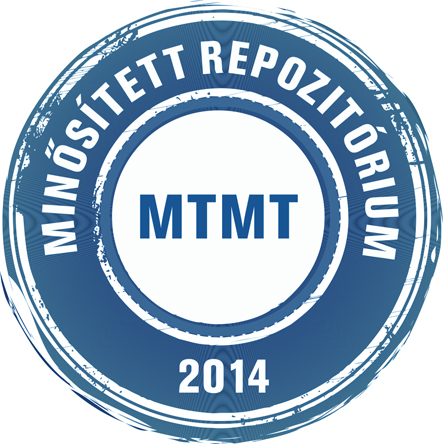Lengyel Emese; Lengyel Zsanett: A modern operett tánctrendjei a 19. század második felében : Offenbach, Párizs és a kánkán. In: Móra Akadémia : szakkollégiumi tanulmánykötet 6., (6). pp. 139-151. (2019)
Előnézet |
Cikk, tanulmány, mű
moraakademia_006_139-151.pdf Letöltés (1MB) | Előnézet |
Absztrakt (kivonat)
The aim of the study is to examine how French cancan has become one of the most popular dances in the structure of modern operetta. It is a well-known fact that operetta genre has evolved in the 1850s. From 1850, composer Jacques Offenbach has created the new style of musical theatre and the structure of French operetta and its functions. This research focusing on the appearance and the history and also the evolution of a new operetta-dance. Moreover, the Frenchstyle operettas and the Offenbach's operettas are an imprint of a given age, those cultural products including cultural, social and political references. Giving an analysis of Orpheus in the Underworld (1858) and focusing on identify what type of dances could be popular at stage at the age of Offenbach. Thus, we could present the history of cancan and its functions (dance and politics, cancan as a part of the narrative) in that operetta.
| Mű típusa: | Könyv része |
|---|---|
| Egyéb cím: | Identify trends of modern operetta in the second half of the 19th century : Offenbach, Paris and the dance cancan |
| Rovatcím: | Régészet, történettudomány és művelődéstörténet |
| Befoglaló folyóirat/kiadvány címe: | Móra Akadémia : szakkollégiumi tanulmánykötet 6. |
| Dátum: | 2019 |
| Kötet: | 6 |
| ISSN: | 2064-809X |
| Oldalak: | pp. 139-151 |
| Sorozat neve: | Móra Akadémia |
| Befoglaló mű URL: | http://acta.bibl.u-szeged.hu/62238/ |
| Kulcsszavak: | Tánc története - 19. sz., Kánkán, Operett - magyar - 19. sz. |
| Megjegyzések: | Bibliogr.: p. 149-150. és a lábjegyzetekben ; összefoglalás angol nyelven |
| Feltöltés dátuma: | 2019. nov. 13. 09:12 |
| Utolsó módosítás: | 2022. aug. 02. 15:10 |
| URI: | http://acta.bibl.u-szeged.hu/id/eprint/62332 |
 |
Tétel nézet |



